Focus |
Collections
Filters
-
Collection Type
-
-
Focus |
 Nanotechnology for Global Health
Nanotechnology for Global Health
When discussing the role that nanotechnology might play in global health, the benefits that nano-enabled strategies could afford in terms of improving the outcomes of infectious diseases and curbing their spread include the possibility of producing integrated point-of-care devices for fast and simple diagnosis and monitoring; the development of efficient, possibly self-administered, drug releasing platforms that do not require multiple administration; the engineering of vaccines with controlled properties that could boost the immune response against pathogens that have so far escaped traditional immunisation strategies.
Image: Paramesh Karandikar and David Mankus of the Langer Lab and Nanotechnology Materials Core, respectively. Image created using elements sourced from NASA; CDC/Sarah Bailey Cutchin; CDC/Jessica A. Allen; CDC/Alissa Eckert (MSMI), Dan Higgins (MAMs) -
-
Focus |
 Nanomaterials for immunomodulation
Nanomaterials for immunomodulation
Boosting or suppressing the innate and adaptive immune response can treat and prevent a variety of diseases, from autoimmune syndromes, to cancer, to inflammatory and infectious diseases.
Image: Ella Marushenko and Kate Zvorykina (Ella Maru Studio) -
Focus |
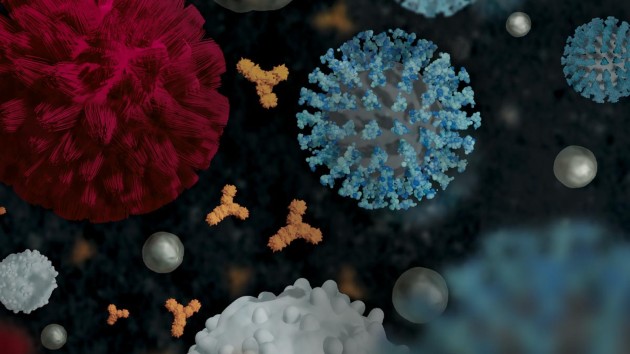 When nanotechnology focuses on COVID-19
When nanotechnology focuses on COVID-19
In face of the coronavirus pandemic, the nanotechnology community has joined forces to provide tools and expertise to COVID-19 research efforts. Long-term experience in drug delivery, nanovaccines, immunoengineering, biosensors and platform technologies positions nanotechnology in a unique place to tackle some of the key issues in preclinical and clinical COVID-19 research
Image: Image courtesy of Rita Acúrcio, University of Lisbon -
Focus |
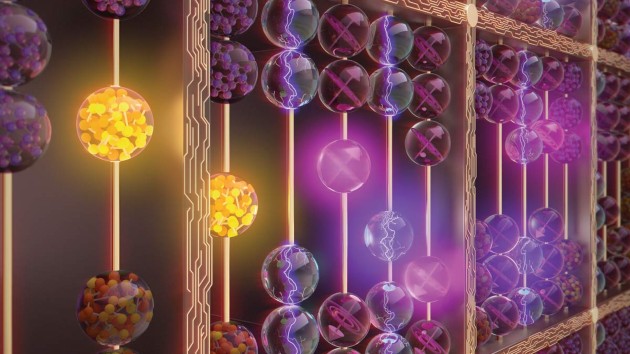 Non von Neumann computing
Non von Neumann computing
Data-centric computation and the scalability limits of the traditional computing systems based on von Neumann architecture necessitate the development of alternative computational approaches for future nanoelectronics.
Image: XVIVO Scientific Animation -
Focus |
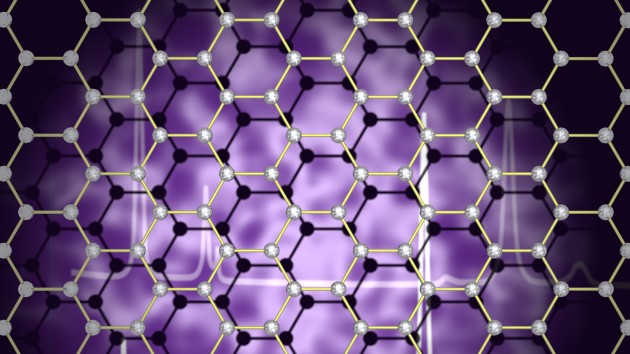 Graphene 15
Graphene 15
Since the first report of the isolation of atomically thin carbon films in 2004, the field of graphene and other 2D materials has expanded dramatically.
Image: David Schilter -
Focus |
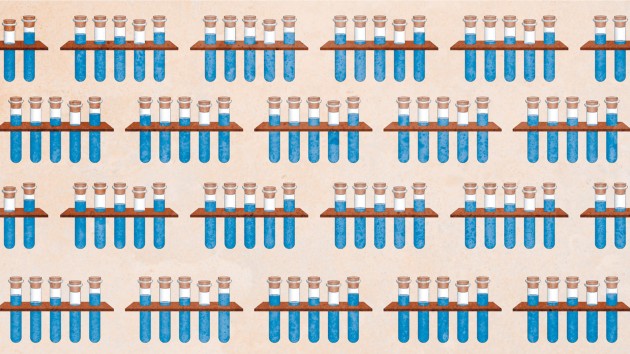 Transparency and reproducibility in nanobiomedicine
Transparency and reproducibility in nanobiomedicine
To aid result reproducibility in the nanobiomedicine area, several initiatives have been proposed, such as creation of curated databases or implementation of field-specific checklists.
Image: Bethany Vukomanovic -
Focus |
 Art&science
Art&science
Several important works of art have been inspired by scientific concepts and are being displayed in several galleries around the world.
Image: Heritage Image Partnership Ltd / Alamy Stock Photo -
Focus |
 Nanoplastic
Nanoplastic
Plastic dispersed in the environment eventually fragments in minuscule particles known as microplastic and nanoplastic.
Image: Artwork by Thomas Kast, PhD -
Focus |
 Interlayer excitons
Interlayer excitons
When two or more individual monolayers are placed together to form an artificial homo- or heterostructure, the real van der Waals (vdW) architecture begins offering reach electronic, optical and magnetic phenomena oftentimes utterly unlike the monolayer case.
Image: Fabien Vialla -

 Quantum nanoscience
Quantum nanoscience
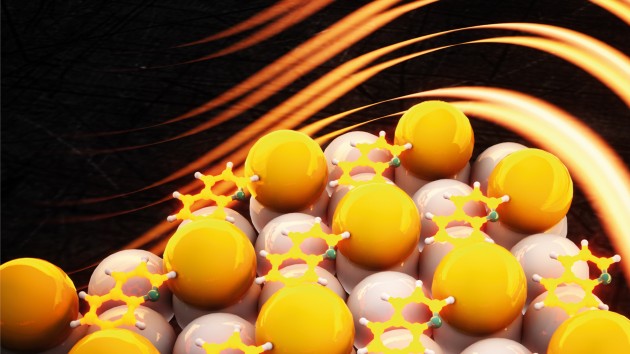 Nanocatalysts for industrial applications
Nanocatalysts for industrial applications
 Environmental assessment
Environmental assessment